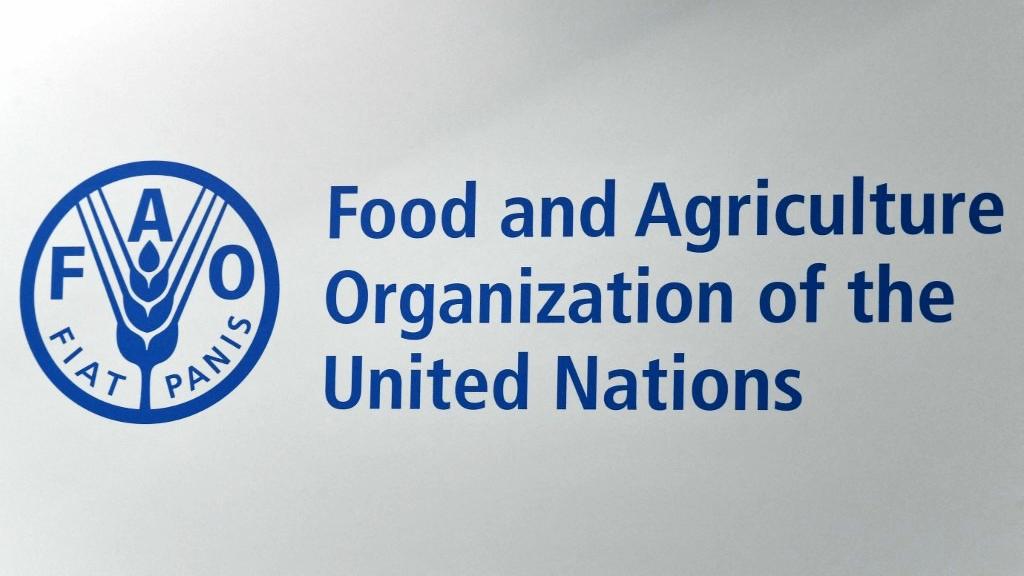 The logo of the Food and Agriculture Organization of the United Nations (FAO) agency of the United Nations is pictured within a plenary assembly for the election of the new FAO Director-General on June 23, 2019 at the FAO headquarters in Rome. (PHOTO / AFP)
The logo of the Food and Agriculture Organization of the United Nations (FAO) agency of the United Nations is pictured within a plenary assembly for the election of the new FAO Director-General on June 23, 2019 at the FAO headquarters in Rome. (PHOTO / AFP)
ROME - Public investment in sustainable agriculture rose by more than a fifth last year, according to the 2022 Annual Review released Tuesday by the UN Food and Agriculture Organization (FAO) Investment Center.
The FAO Investment Center monitors some 45 public investment projects in 32 countries, which it said were worth $8.8 billion in 2022. This was an increase of 22 percent year-on-year.
The review said the center had made some important achievements when viewed "against the backdrop of volatile food, fertilizer, and fuel prices, supply chain disruptions, conflict, the climate crisis, humanitarian emergencies, and the lingering effect of the COVID-19 pandemic"
The review said the center had made some important achievements when viewed "against the backdrop of volatile food, fertilizer, and fuel prices, supply chain disruptions, conflict, the climate crisis, humanitarian emergencies, and the lingering effect of the COVID-19 pandemic."
ALSO READ: FAO: World food prices rise for first time in a year
"We must act together, and quickly, to tackle these global challenges for a healthier, more sustainable future that leaves no one behind," FAO Director-General Qu Dongyu said. "That means transforming the way our agri-food systems work, from how we produce, supply and consume our food to how we reduce food losses and waste in our landfills."
ALSO READ: Guterres: FAO report indictment of failure to end world hunger
For decades, the FAO has helped poor and developing countries invest in agriculture and rural development over the long term.
READ MORE: FAO publishes global indicators on cost of healthy diet
The Investment Center acts as a bridge between member states and financing partners, including the World Bank, the International Fund for Agricultural Development, the European Union, and regional development banks.


